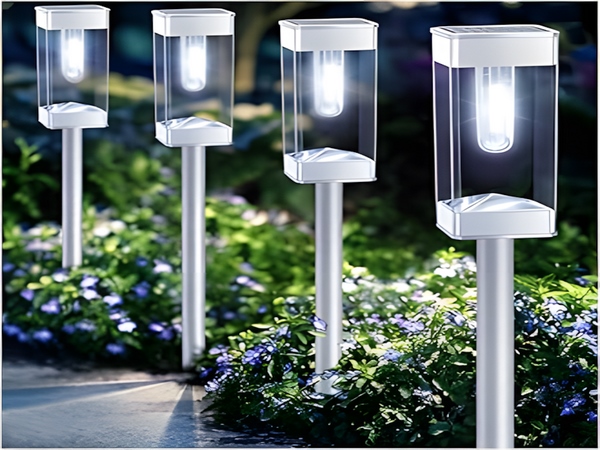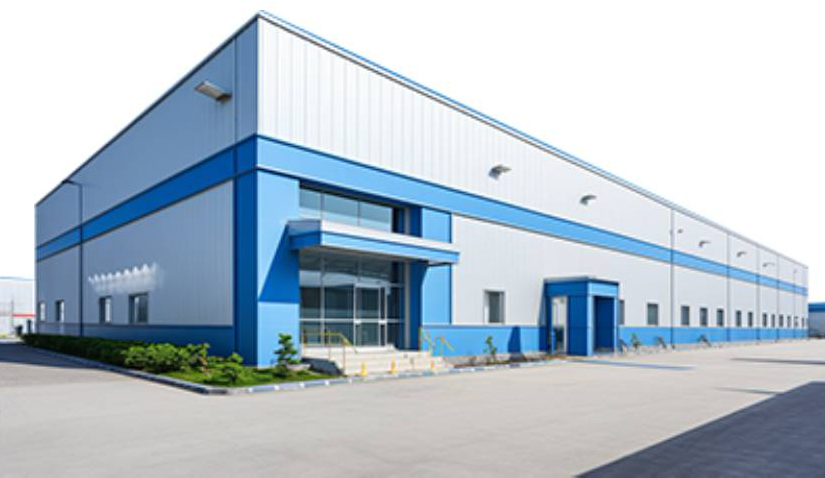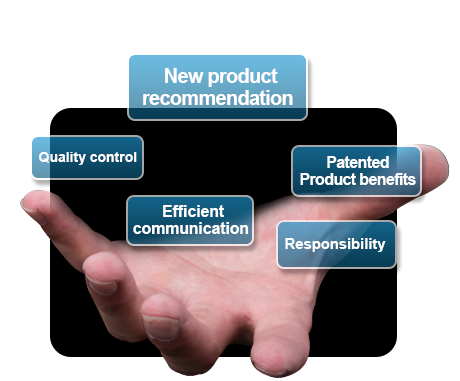Investment
A solar power generation system is a long-term investment. When purchasing and installing, we should choose a solar power generation system that suits our needs.

First, is it purely for lighting or for household appliances?
The solar power generation system can be divided into two types based on its functionality: (1) a household direct current lighting system used solely for lighting; (2) a system that provides both lighting and power for household appliances with a 220V AC output. The former is a simple and cost-effective generation system, but it cannot supply power to household appliances.
Second, is a portable all-in-one machine or a modular system better?
The portable all-in-one machine is designed for easy transport, with the characteristics of convenience and no installation required, making it very suitable for outdoor camping. However, due to its limited size, its storage capacity is smaller and costs are higher. The modular system requires simple installation, has a larger storage capacity, and is practical and cost-effective, making it more suitable for home users and outdoor accommodations.

Third, is it better to be off-grid or grid-tied?
Currently, the main types of solar power generation systems are off-grid and grid-tied, with grid-tied further divided into those with energy storage and those without. Each type has different components and is suitable for different situations, and importantly, there is a significant cost difference. Generally speaking, off-grid systems are much more expensive than grid-tied systems, and those with energy storage are pricier than those without.
An off-grid solar power generation system
is suitable for use anywhere, while
a grid-tied solar power generation system
is only suitable for areas that can be connected to a public grid.
Fourth, regarding the size of the system capacity.
The system capacity refers to the scale of the solar power generation system, which directly determines how much electricity is generated in a day and is usually measured in watts “W”. Whether in grid-tied or off-grid systems, system capacity refers to the number of installed solar panels. However, for off-grid systems, some manufacturers indicate system capacity based on the power output of the inverter, which is an unprofessional representation. Buyers should pay attention to this. For example, an off-grid generation system with the model HL3001 is referred to as a 300W off-grid power system. The solar panel is rated at 300W, and the inverter output is 1000W, but some sellers might label it as a 1000W off-grid system. Therefore, buyers must focus on the size of the solar panel rather than just the inverter output.
Therefore, when customers are choosing a solar power generation system, they should first determine whether they need a system for pure lighting or for household appliances. Secondly, they should consider whether to install an off-grid or grid-tied system. If using in areas without electricity, only an off-grid system is viable; for convenience and to save on electricity costs, a grid-tied system should be chosen. Additionally, for systems below 1000 watts,
small-scale generation systems
can be off-grid; for those over 2000W, opting for a grid-tied approach is preferable.
New investment for long-term benefits — solar power generation systems! It is better to choose quality over price, this is an investment in solar power generation systems that you cannot miss.

